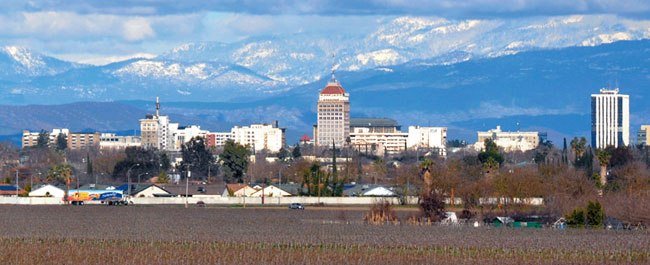Existing law:
- Imposes various limitations on emissions of air contaminants for the control of air pollution from vehicular and nonvehicular sources;
- Generally designates the State Air Resources Board (ARB) as the state agency with the primary responsibility for the control of vehicular air pollution and air pollution control and air quality management districts with the primary responsibility for the control of air pollution from all sources other than vehicular sources
- Requires the board of every air district to establish by regulation a system by which all reductions in the emission of air contaminants that are to be used to offset certain future increases in the emission of air contaminants be banked prior to use to offset future increases in emissions;
- Requires the ARB to develop and adopt a methodology for use by air districts to calculate the value of credits issued for emission reductions from stationary, mobile, indirect, and areawide sources when those credits are used interchangeably, consistent with certain requirements;
- Requires the ARB to periodically update the methodology as it applies to future transactions, if necessary;
- Provides for the establishment of the San Joaquin Valley Unified Air Pollution Control District (District) vested with the authority to regulate air emissions from stationary sources located in the San Joaquin Valley Air Basin.
This bill would:
- State the intent of the Legislature to require the District to revise the regulation establishing its emission reduction credit system by requiring existing and future emission reduction credits to expire after a specified time period and by requiring an emission reduction credit to be valued at its time of use;
- Provide that this revision of the emission reduction credit system is subject to disapproval by the ARB within 60 days after adoption by the District;
- Require the ARB and the District, in collaboration with community groups and the federal Environmental Protection Agency, to conduct an analysis of each emission reduction credit included in the District’s registry. As part of the analysis, the bill would require the ARB to ensure that emission reduction credits are deemed invalid if they do not meet certain requirements. The bill would require the analysis to be completed no later than January 1, 2027, and would require, upon completion of the analysis, the ARB to submit a report to the Legislature that includes a summary of the results of the analysis and other specified information;
- Require the District to prepare a map of, and make available on a publicly accessible and searchable database, the locations of the original source of emissions of all active emission reduction credits in its registry.

